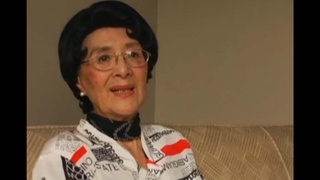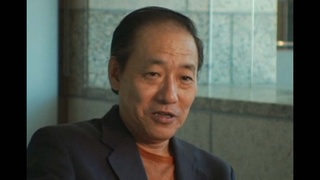Interviews
My father who returned by prisoner of war exchange ship (Japanese)
(Japanese) My father didn’t really talk that much at home. He was always writing something, or a guest would come and be doing something with him. We didn’t really have a lot of what you would call quality family time. He was just so busy. He was always going here and there, and if he were at home, people would come to see him. So, I don’t really have any memories of sitting down and talking with my father.
After he was taken to America, he returned to Japan on a prisoner of war exchange ship. Everyone in the family went to the port in Yokohama to welcome him, and even then, the moment we met him he was led off somewhere by some other important people who had also come to greet him. That was it. Everyone had planned to gather and take a picture with my father when he got back on the exchange ship, and we all got together and sat on the deck and took the picture, but my father – the most important person – was not there. He was off somewhere, talking with other people, doing something. I have that picture at home; my father’s not in it.
Date: January 26, 2012
Location: California, US
Interviewer: John Esaki, Yoko Nishimura
Contributed by: Watase Media Arts Center, Japanese American National Museum



